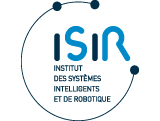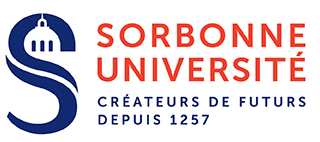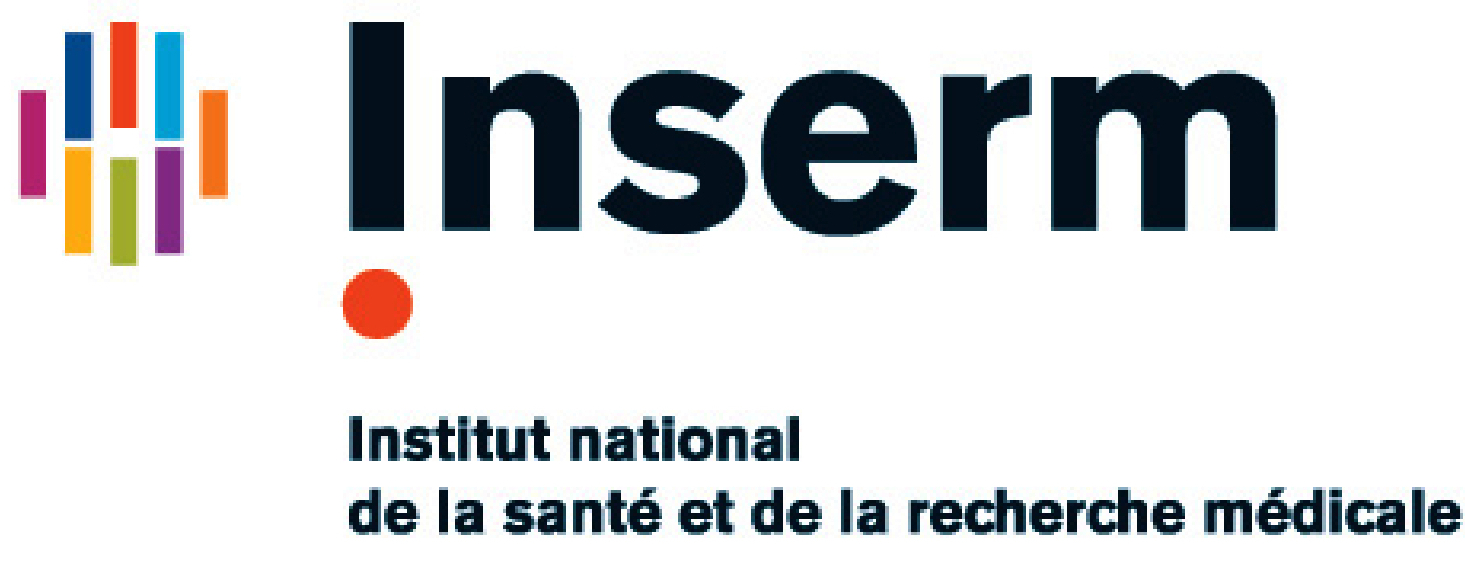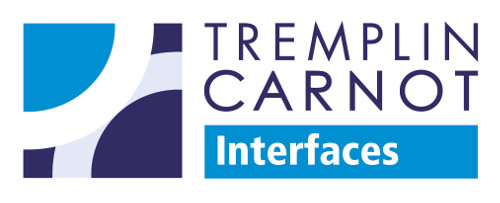A voir également
- Short Bio
- Publications -----------------------------
- Research interest
- Page personnelle
Research interest

Title : Emérite
Address : 4 place Jussieu, CC 173, 75252 Paris cedex 05
Phone : +33 (0) 1 44 27 62 15
Email : roby-brami(at)isir.upmc.fr
Group : AGATHE (AGATHE)
CURRENT RESEARCH INTERESTS:
My research focuses on the mechanisms of motor control and its plasticity in healthy subjects and in cerebral or spinal injured patients. My working hypotheses are that motor impairment is the direct consequence of any peripheral or central injury of the motor system and that the level of disability also depends on compensatory motor skills learned spontaneously or during rehabilitation.
I. Coordination of upper-limb movements.
I am interested in several aspects of the coordination of reaching and grasping during goal directed movements . Most of the recordings were performed thanks to a method combining kinematics models and electomagnetic 6 DoF sensors (coll. S. Hanneton, LNP). In particular, I investigated the link between movement direction and hand azimuth for grasping and analysed trunk and upper-limb synergies, including the motion of the scapula, during goal directed movements in a wide workspace. More recent studies are devoted to the analysis of hand and finger configuration for grasping and interactions with the objects (Coll. A. Sahbani, N. Jarrassé, W. Bachta ISIR).
II. Mechanisms of motor recovery
Hemiparetic stroke patients use new motor strategy involving the trunk to compensate the impairment of elbow and shoulder function (coll. M. Levin Montréal). Thus, trunk restraint may be used in rehabilitation to improve the upper-limb coordination (cooperation with M. Levin , Montreal). I also analyzed the effect of spasticity on the upper-limb kinematics and the role of proximal mobility due to the scapula for goal directed hand motion (coll. D. bensmail, J. Robertson, Raymond Poincaré). More recent studies are devoted to and to the analysis of grasping strategies developed by the patients, and of hand dexterity during object manipulation (coll. N. Jarrasse, E. Burdet UCL).
Patients with shoulder condition. the aim of the work is to analyse the trunk, scapula and arm motion during arm elevation and during simulation of daily life activity in order to guide therapeutic intervention in rehabilitation and surgery (coll. MM Lefevre-Colau, S Poiraudeau Cochin). Future work will be directed to fusion between kinematics and imaging to precise scapula function in health and disease (coll. V. Pasqui, ISIR; W Skalli, ENSAM, T. Gregory HEGP).
III. Robotics and neurorehabilitation.
Within the framework of neurorehabilitation, robotics offer very interesting perspective to train people interactively. In particular, in collaboration with G. Morel ISIR and CEA-LIST (Y. Perrot, P. Garrec), we have demonstrated the proof of concept of using and exoskeleton to modify the upper-limb coordination during reaching in healthy subjects and hemiparetic patients (Brahma project).
Future work will involve training healthy subjects and hemiparetic patients with the exoskeleton in viscous force fields. The scientific question is related to the dimensionality of motor control in humans and of the redundancy of the limbs.
Rehabilitation and more generally motor training will benefit to interactive sensori-motor coupling in particular thanks to sounds (coll. Project LEGOS, F. Bevillacqua, IRCAM).
IV. Cognitive motor control.
Apraxia induces disorders of higher level motor control, including disturbances in tool use. I contributed to the investigation of motor production system in apraxic patients, in particular through a recent review. Other studies are linked to the kinematic determinant of movement recognition (coll. M. Auvray, LIMSI).
Previous Research Interests:
Effect of opiates and of diffuse noxious stimulations (DNIC) on spinal nociceptive control (coll. JC Willer).
Investigations of automatic spinal activity (flexion reflexes and CPG) in paraplegic patients (coll. B. Bussel).
Reaching and grasping in Patients with a C6 spinal lesion. Tetraplegic patients are able to perform reaching movements involving elbow extension despite the paralysis of triceps muscle. We investigated the mechanisms of this coordination and the effects of tendon transfer (coll. I. Laffont).






